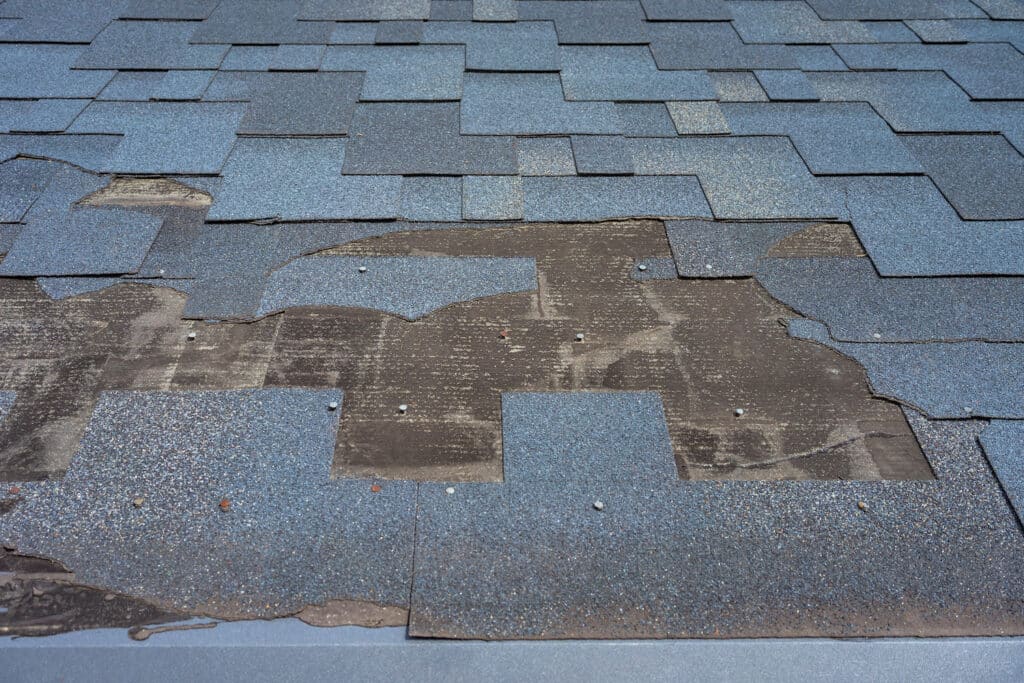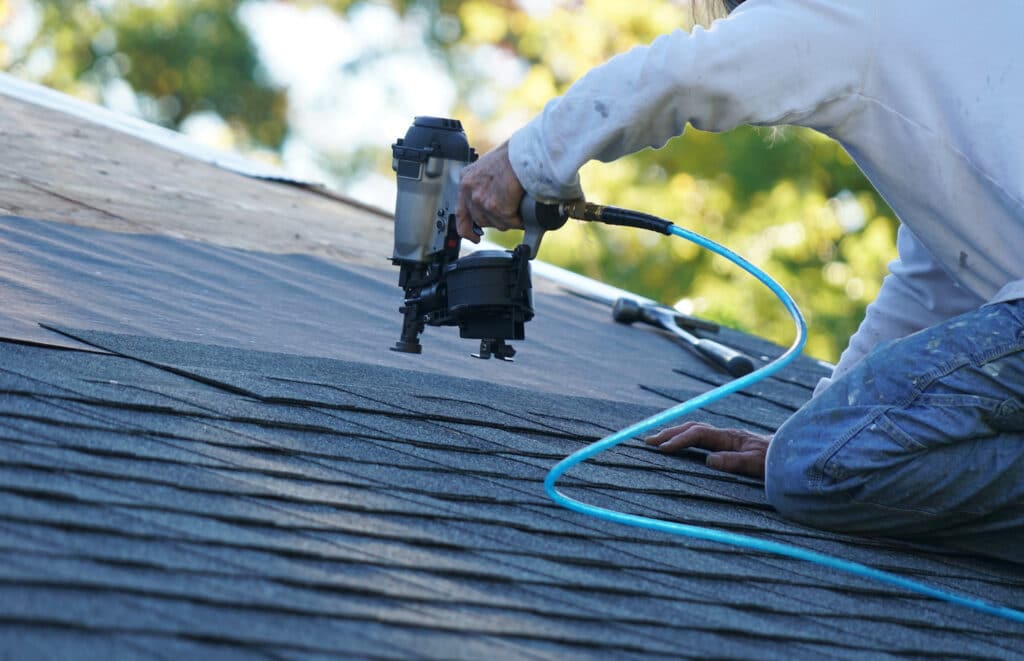Replacing a roof is one of the most significant home improvement projects for any homeowner. In 2024, roof replacement costs remain a substantial investment, with prices varying widely depending on several factors. From choosing the suitable material to understanding labor costs, this guide will help you navigate the process and make informed decisions.
Why Replacing Your Roof is a Smart Investment
Roof replacement costs may seem steep, but they offer long-term benefits in protecting your home and enhancing property value. A new roof can help improve energy efficiency, lower utility bills, prevent further damage, and provide peace of mind knowing that your home is safeguarded against the elements.The average cost of a new roof in the United States in 2024 ranges from $9,000 to $14,000, but this highly depends on factors like roofing material, labor costs, and your home’s location.

Factors That Impact Roof Replacement Costs
1. Roof Size
The size of your roof is one of the most significant cost determinants. Typically, the roof replacement cost is calculated by the square footage of your roof, with prices ranging from $8 to $12 per square foot. This means that a smaller roof, around 1,000 square feet, could cost approximately $8,000 to $12,000, whereas a larger roof of 2,000 square feet could range from $16,000 to $24,000.
- How to Measure Roof Size: Roof size isn’t always the same as the size of your house. Factors such as overhangs and roof pitch can increase the square footage. If you’re unsure, a roofing professional can provide an accurate measurement.
2. Roof Pitch and Accessibility
A steeper pitch increases labor costs due to safety and accessibility concerns. The more difficult the roof is to access, the longer the job will take, raising labor costs. Low-pitch or flat roofs are generally easier and cheaper to work on.
- Low-Slope Roofs: Easier to install and less costly.
- Steep-Slope Roofs: Require more safety precautions and longer installation times, leading to higher costs.
3. Roofing Materials
Choosing the right type of roofing material is critical in determining your roof replacement costs. Here’s a breakdown of popular materials in 2024:
- Asphalt Shingles: The most common roofing material, asphalt shingles are affordable, easy to install, and durable. Cost ranges from $8,000 to $22,000 for an average home.
- Metal Roofing: Metal roofs are durable, energy-efficient, and can last 40-70 years. Costs range from $16,000 to $45,000.
- Clay Tiles: These are aesthetically pleasing and long-lasting (up to 100 years) but are heavy and require additional structural support. Prices range from $18,000 to $30,000.
- Concrete Tiles: Similar to clay tiles but less expensive, concrete tiles are highly durable and offer excellent weather resistance. Prices range from $10,000 to $15,000.
- Slate Roofing: One of the most durable materials, slate can last over 100 years. However, it’s expensive, ranging from $15,000 to $35,000.
- Cedar Shakes: A natural and aesthetically pleasing material, cedar shakes are moderately expensive and require regular maintenance. Costs range from $10,000 to $18,000.
Each material has advantages and disadvantages, and the choice largely depends on your budget, aesthetic preferences, and the climate in your area.
4. Location and Climate
Geography plays a huge role in determining roof replacement costs. Urban areas with higher living costs typically have higher labor and material costs than rural areas. Additionally, climates with extreme weather conditions, such as hurricanes or heavy snow, may require quality materials or more complex installations, raising costs.
5. Roof Components
Roof replacement isn’t just about shingles or tiles. Many other components are included in the process, such as:
- Flashing: Protects roof edges and other areas from water penetration.
- Vents and Boots: Provide ventilation and allow plumbing, electrical, and other components to pass through the roof.
- Gutters and Downspouts: Critical for water management, preventing leaks, and maintaining roof integrity. The more complex your roof is (e.g., multiple chimneys, skylights, valleys), the higher the cost due to additional materials and labor.
6. Labor Costs
The cost of labor accounts for approximately 60% of your total roof replacement bill. In 2024, roofing contractors charge between $50 and $150 per hour, depending on their experience and the roofing project’s complexity. Hiring experienced contractors may seem more expensive upfront, but it can save you money in the long run by ensuring a higher-quality installation that lasts longer.

Average Roof Replacement Costs by Material in 2024
Here is an updated look at average roof replacement costs by material:
| Material | Cost (1,800 sq. ft.) | Lifespan |
| Asphalt Shingles | $8,000 – $22,000 | 15 – 30 years |
| Metal Roof | $16,000 – $45,000 | 40 – 70 years |
| Clay Tiles | $18,000 – $30,000 | 50 – 100 years |
| Concrete Tiles | $10,000 – $15,000 | 50 – 100 years |
| Cedar Shakes | $10,000 – $18,000 | 30 – 40 years |
| Slate Tiles | $15,000 – $35,000 | 75 – 200 years |
Signs You Need a Roof Replacement
Knowing when to replace your roof can save you from costly repairs. Here are some tell-tale signs that it’s time for a replacement:
- Age: Depending on the material, most roofs last between 20-50 years. If your roof is nearing the end of its lifespan, it may be time for a replacement.
- Leaks: Multiple leaks or severe water damage may indicate insufficient repairs.
- Curling or Missing Shingles: When shingles begin to curl or disappear, they expose your home to water damage and indicate that the roof is deteriorating.
- Sagging Roof: A sagging roof could mean serious structural issues and is often a sign that a full replacement is needed.
- High Energy Bills: If you notice a sudden spike in energy costs, it could be due to poor insulation or ventilation caused by a deteriorating roof.
Roof Financing and Payment Options in 2024
Paying for a new roof can be a challenge, but there are various options available to help make it more manageable:
1. Roofing Company Financing
Many roofing companies now offer financing options to help homeowners spread the cost of roof replacement over time. These plans often have low interest rates and flexible payment schedules.
2. Home Equity Loan
A home equity loan allows you to borrow against the value of your home. This is a popular option for homeowners needing to finance major repairs like a new roof.
3. Personal Loans
Personal loans are another financing option for roof replacements. While interest rates may be higher than other forms of financing, they are a fast and convenient way to secure funding.
Insurance Claim
You should file an insurance claim if you have sustained severe roof storm damage that requires a roof replacement vs. repairs. Insurance doesn’t always fully cover replacement, depending on a few things like the age of your roof, but you might be able to get some coverage.Apple Roofing provides support when filing and navigating insurance claims. We also recommend that you file as soon as possible. The longer you wait, the less likely you are to get coverage due to damage spreading and being considered neglect.

Roof Maintenance Tips to Extend Your Roof’s Lifespan
While roof replacements are inevitable, regular maintenance can help prolong the life of your roof, ensuring that you get the most value from your investment. Follow these tips to extend your roof’s lifespan:
- Annual Inspections: Schedule yearly inspections with a professional roofer to identify and address minor issues before they become major problems.
- Gutter Cleaning: Clogged gutters can cause water to pool on your roof, increasing the risk of leaks and structural damage.
- Trim Overhanging Trees: Tree branches can damage your roof during storms, and leaves can clog your gutters.
- Attic Ventilation: Proper ventilation is essential for preventing moisture buildup, which can damage your roof over time.
- Repair Damage Promptly: If you notice any signs of damage, such as missing shingles or water leaks, address them immediately to prevent further damage.
Expected Lifespan of Different Roofing Materials
The lifespan of your roof depends largely on the material you choose. Here’s an updated guide to the expected lifespan of popular roofing materials in 2024:
- Asphalt Shingles: 15 – 30 years
- Metal Roofing: 40 – 70 years
- Clay Tiles: 50 – 100 years
- Concrete Tiles: 50 – 100 years
- Cedar Shakes: 30 – 40 years
- Slate: 75 – 200 years
The Bottom Line: Making an Informed Decision
A roof replacement is a significant investment, but with the right planning, you can ensure it’s smart. By understanding the factors that impact costs, choosing the right materials, and maintaining your roof regularly, you can maximize its lifespan and ensure it provides optimal protection for years.
Hiring a Professional Roofing Contractor
Choosing the right contractor is just as important as selecting the suitable materials. A professional roofer ensures that the installation is done correctly and that all safety standards are met. Reputable contractors often offer warranties, giving you peace of mind knowing that your roof is built to last.
At Apple Roofing, we provide top-tier roofing solutions tailored to your specific needs. Whether you’re replacing a roof or considering a new material, we’re here to help every step of the way.
Get a Free Estimate Today!
Contact us at Apple Roofing to schedule a FREE roof replacement estimate and learn more about our services. Whether you’re ready to replace your roof or want expert advice, we’re here to help you make the best decision for your home.

